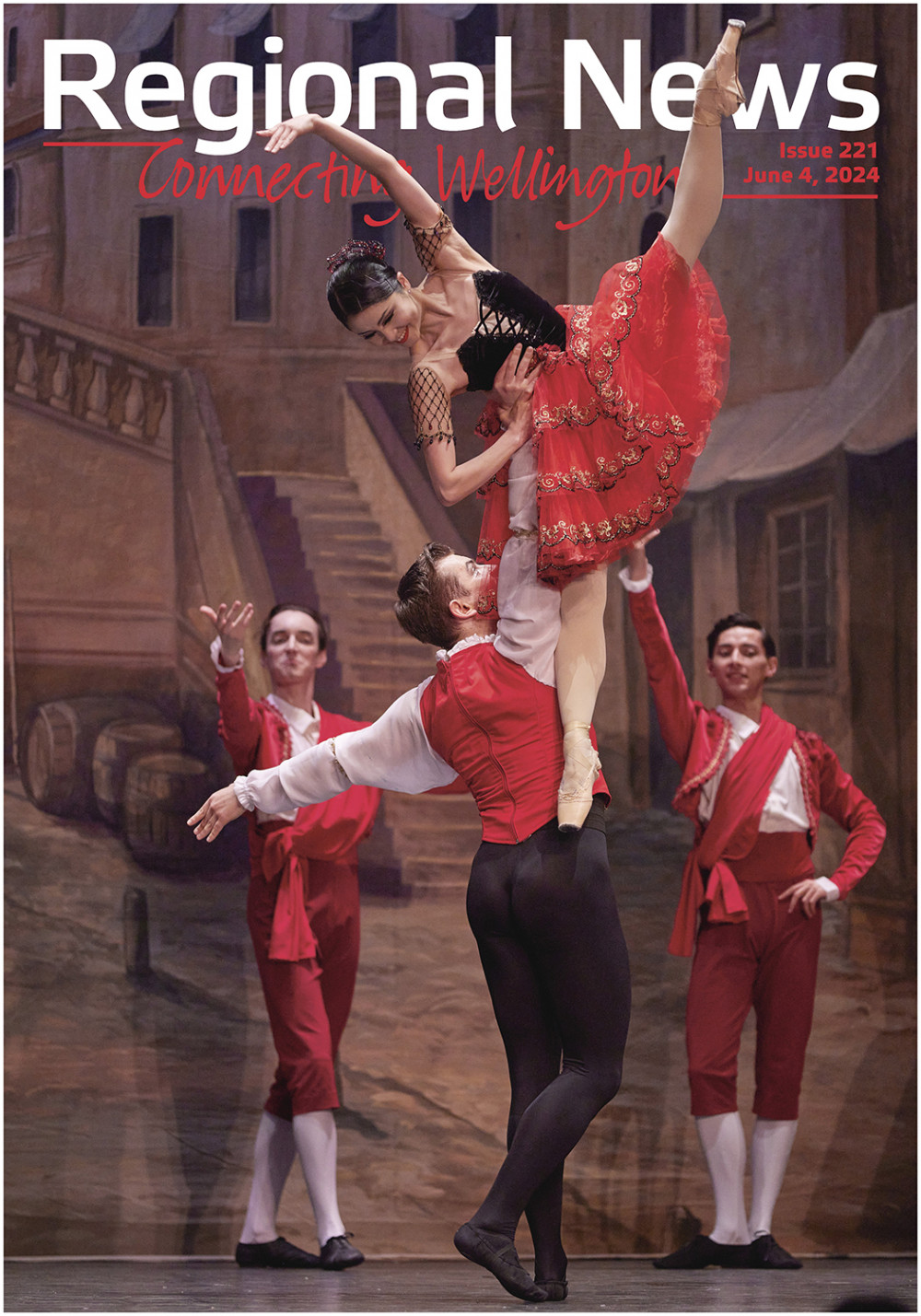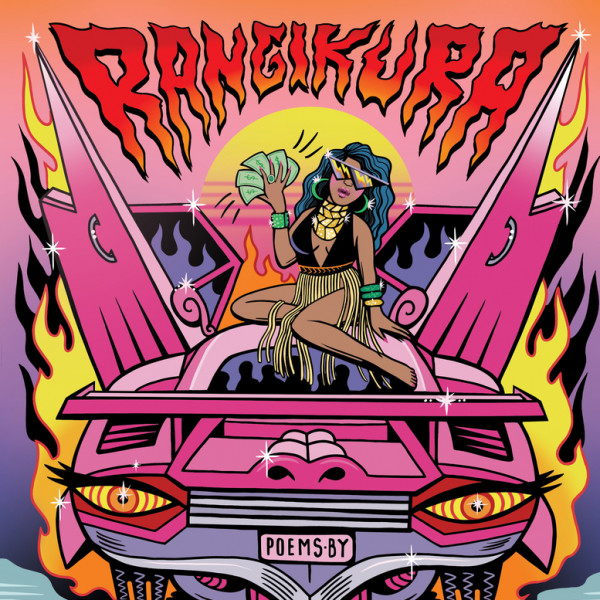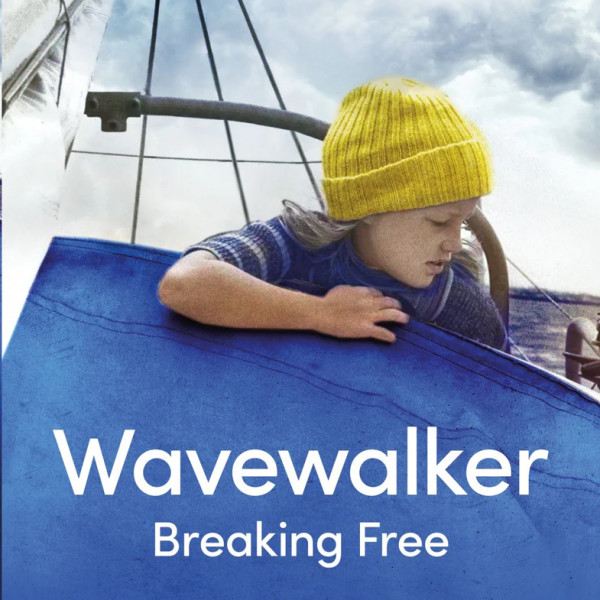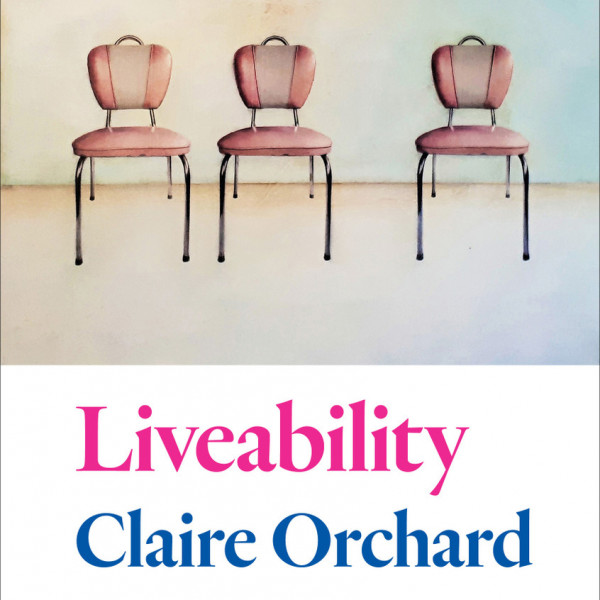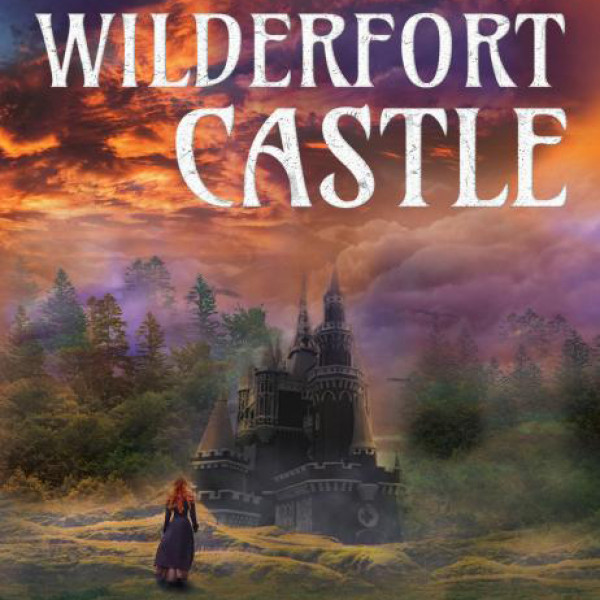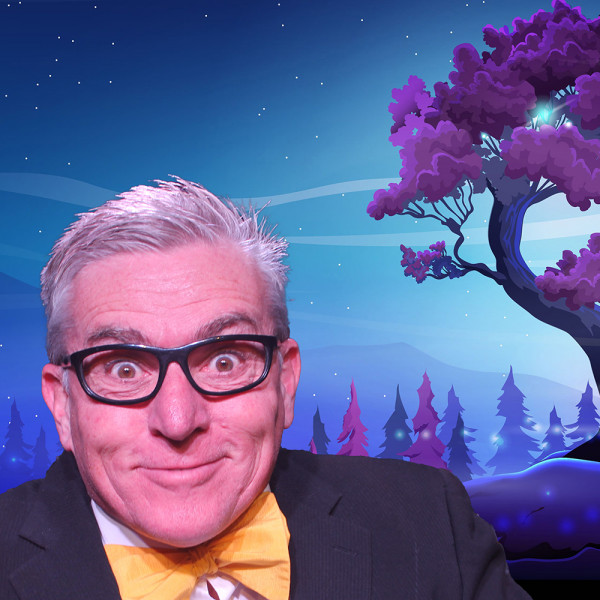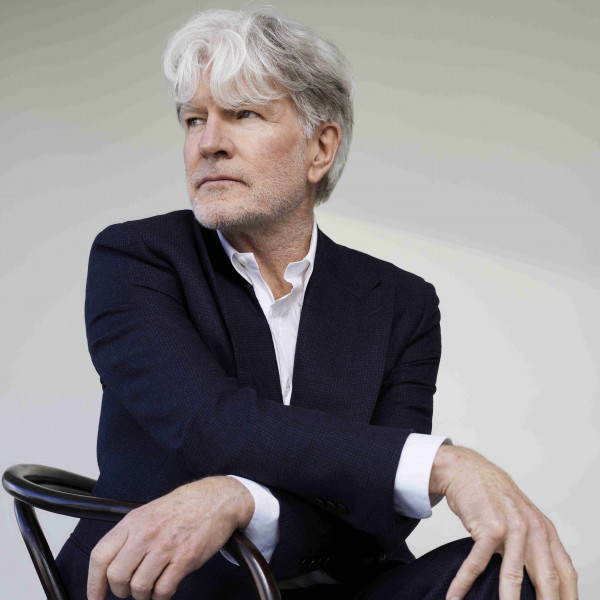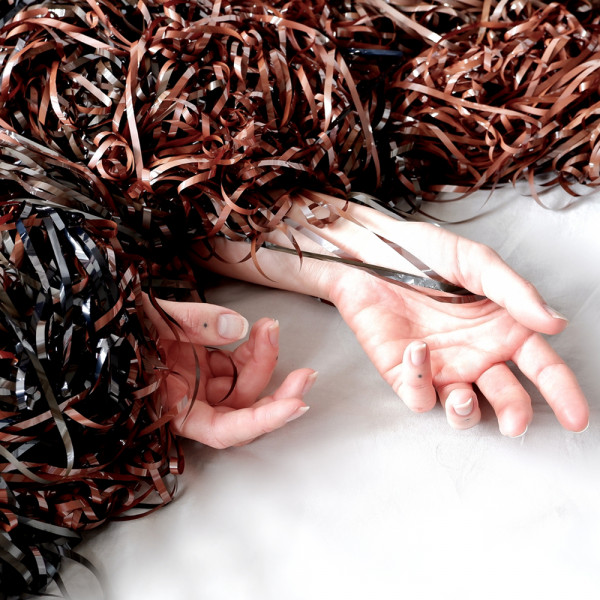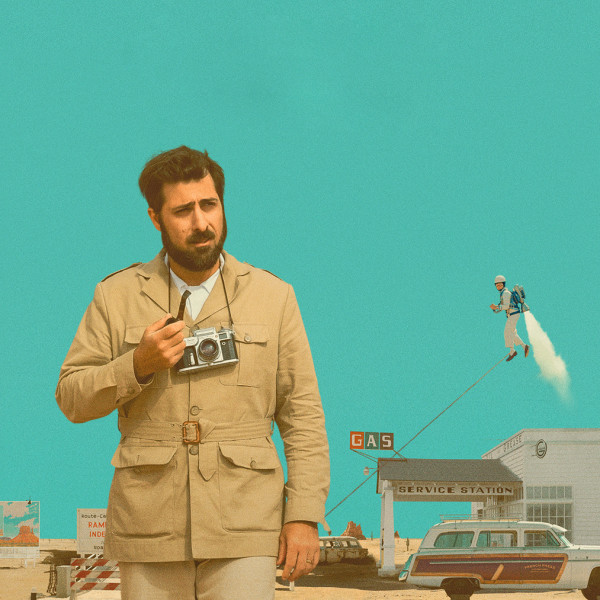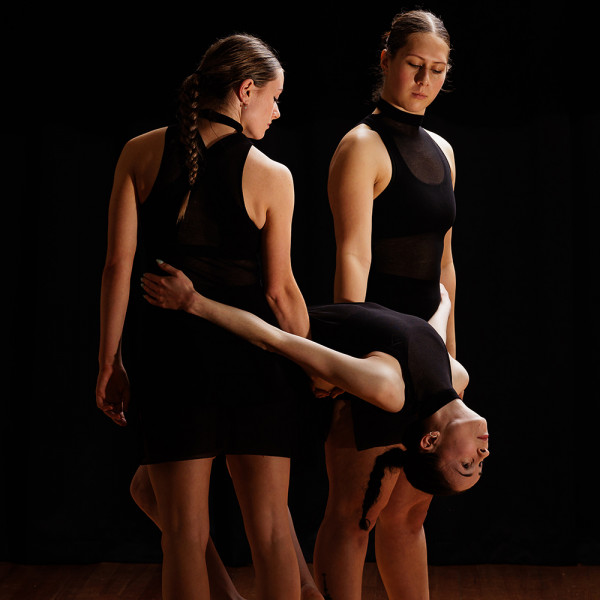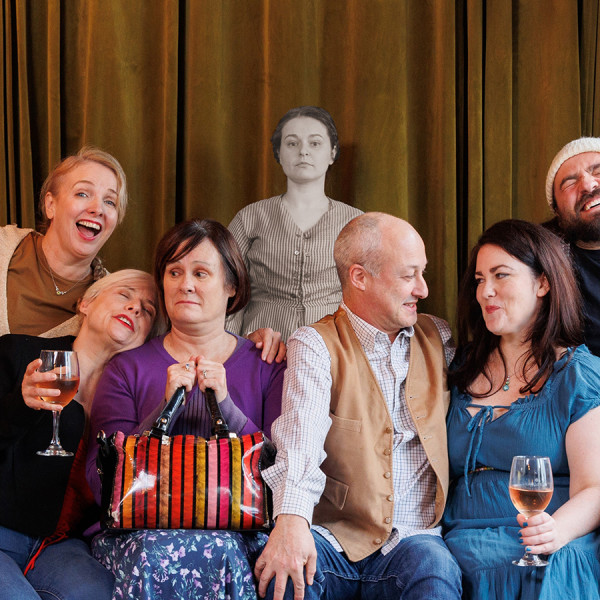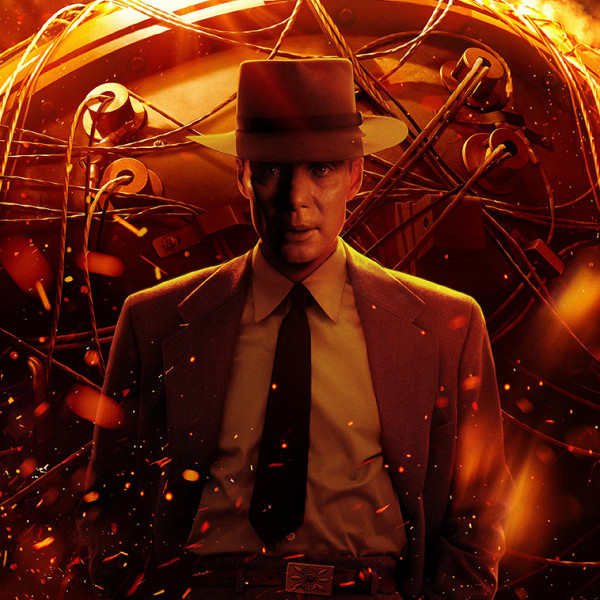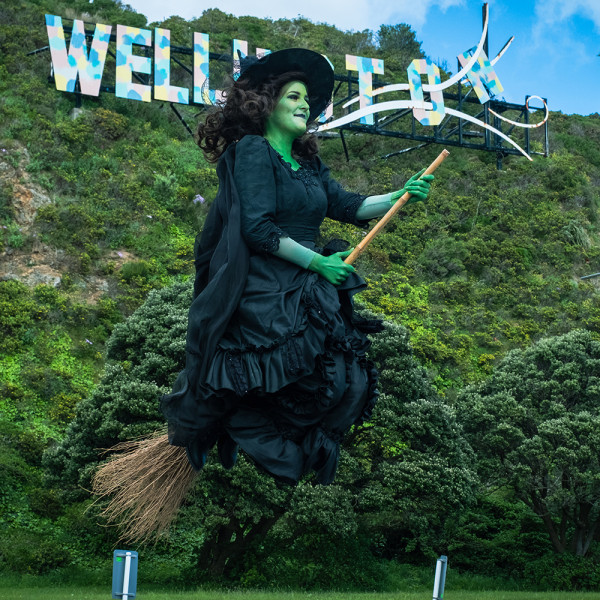
Pharaoh
Presented by: Orchestra Wellington
Conducted by: Marc Taddei
Michael Fowler Centre, 7th Oct 2023
Reviewed by: Dawn Brook
Marc Taddei, in his pre-concert talk, called this concert a variety show. Despite his programming being less coherent than usual and almost too full, the concert contained wonderful works and great performances.
The night belonged to John Psathas, now at the end of four years as Orchestra Wellington’s Composer-in-Residence. The performance of his Pharaoh Concerto for Solo Timpani and Orchestra was a fitting celebration. The work is fierce, pregnant with impending menace, a comment on our troubled world and “human gods who live above the law”, to quote Psathas. Soloist Tomomi Nozaki from Japan was stunningly virtuosic, wielding her mallets across five timpani constantly, a whirl of movement and rhythm that was amazing both to hear and see.
Briar Prastiti, a singer-songwriter whom Psathas mentors, arranged her song White, Red, Black for voice and orchestra. The orchestration was lush and arresting and Prastiti’s voice strong and attractive. Full appreciation of the work was hampered, alas, by the words not being able to be heard distinctly; a question of singer/orchestra balance, I think.
The orchestra opened the concert with a satisfying performance of Anton Webern’s Passacaglia. They made the most of the lush and sensual full-orchestra sections and the beautifully transparent sections where small numbers of players played quasi-chamber music.
The Orpheus Choir and Orchestra Wellington, in another great partnership, presented Mozart’s early work Thamos, King of Egypt. Written as incidental music to a play, it is little known because of the play’s convoluted and incoherent plot. The orchestral interludes were wonderfully Mozartian in operatic mode. The choruses were delivered with a fine range of dynamics and precise singing.
And opening the concert, the annual appearance of the Arohanui Strings, young (some very young) Wellington musicians, charmed the audience. They played Manta by Gemma Peacocke, which wonderfully evoked the movement of manta rays. The cellists caught my eye: the young ones confidently matching the professionals, bow stroke by bow stroke.



